The best mirrorless camera: get the right camera at the right price!
These are the best mirrorless cameras right now, whether you're after a holiday snapper or a pro performer
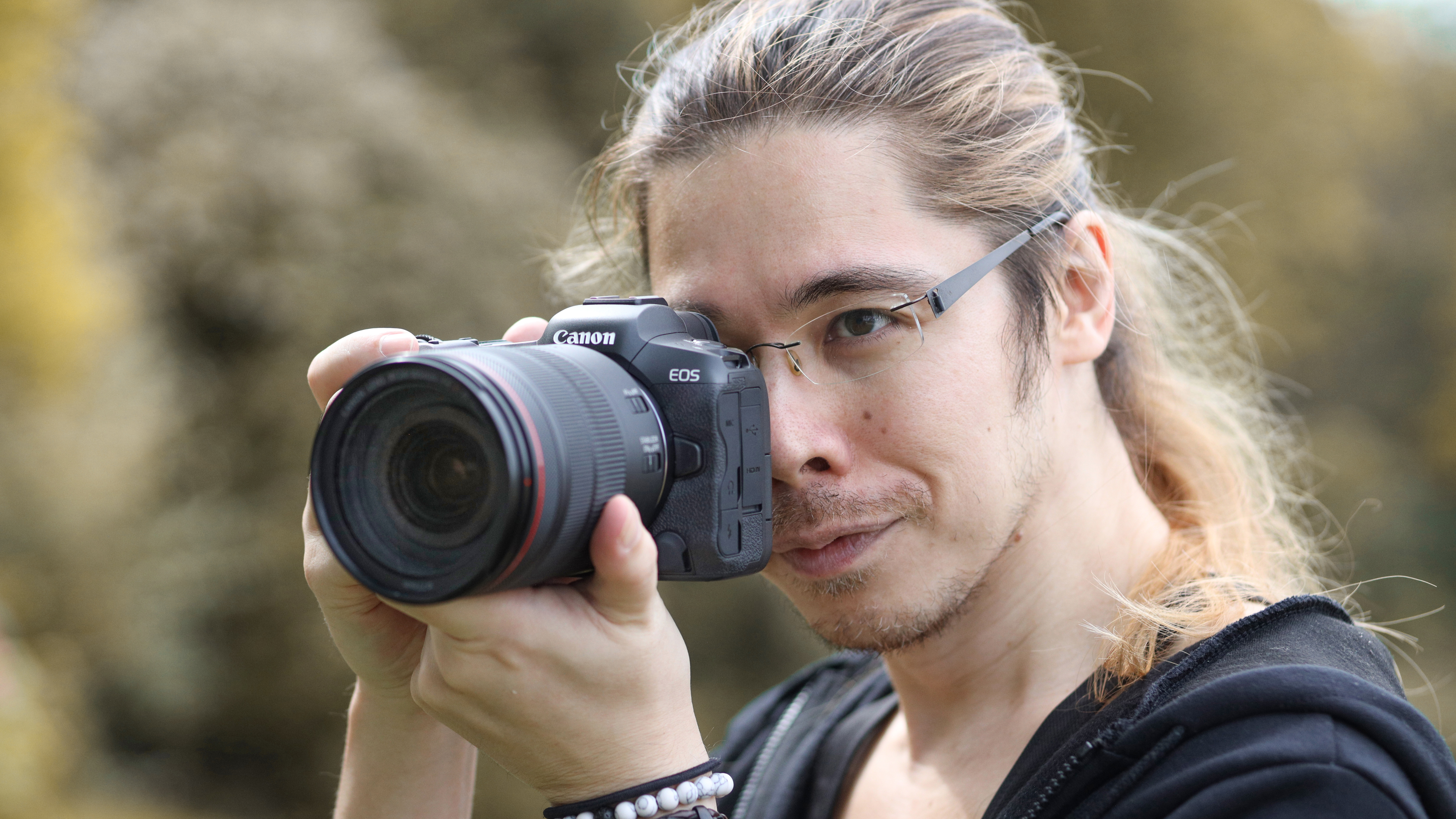
The ‘best’ mirrorless camera really depends on what it's being used for. The best one to take holiday snaps is going to be different to the best one to film an independent movie – which is why I've split this guide into different use cases.
I've tested and owned a lot of cameras, but I think the best mirrorless camera pound-for-pound might well be the Canon EOS R7 – an APS-C powerhouse with all the punch of a full-frame camera, combined with all the advantages of a cropped sensor (namely size and making your lenses effectively longer). All in all, it's the most versatile camera on this list in the price / performance / portability Venn diagram.
My advice is to work out what you actually need from your camera, and then click on the relevant link in the menu. Want something affordable? Something for filmmaking? Something for shooting sport? I've pitched my recommendations accordingly.
I'm lucky enough to have used every camera on this list, and my team have reviewed and lab-tested each one according to its specialism, so you can be sure that you're being recommended the best mirrorless camera for you.
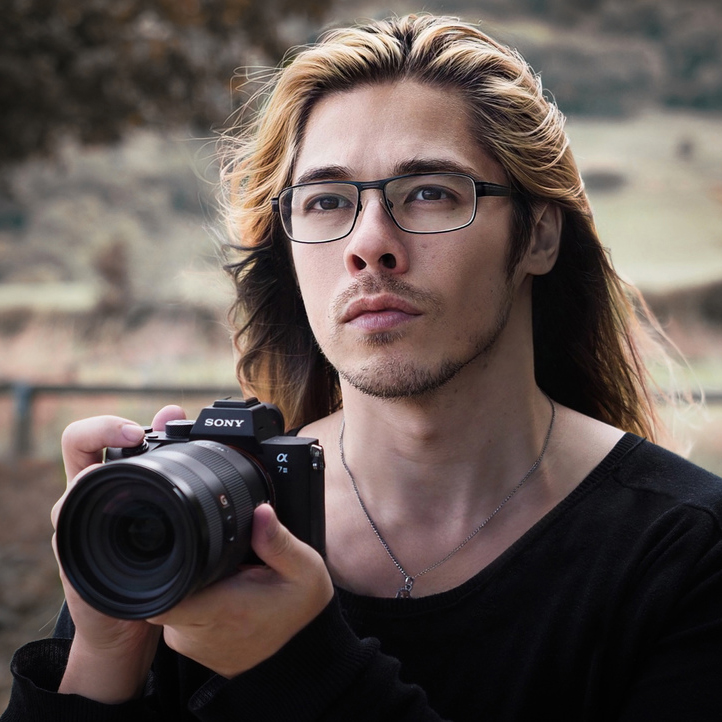
I'm a proud owner of the Panasonic G1, the first ever mirrorless camera (launched in 2008), so I've been using mirrorless cameras ever since they were introduced. I switched to the trailblazing Olympus cameras in the mid-2010s, and in 2018 I sold my Canon DSLR to join the EOS R system as well. I've seen the technology grow and mature, and I've used most mirrorless cameras over the past decade-plus!
The Quick List
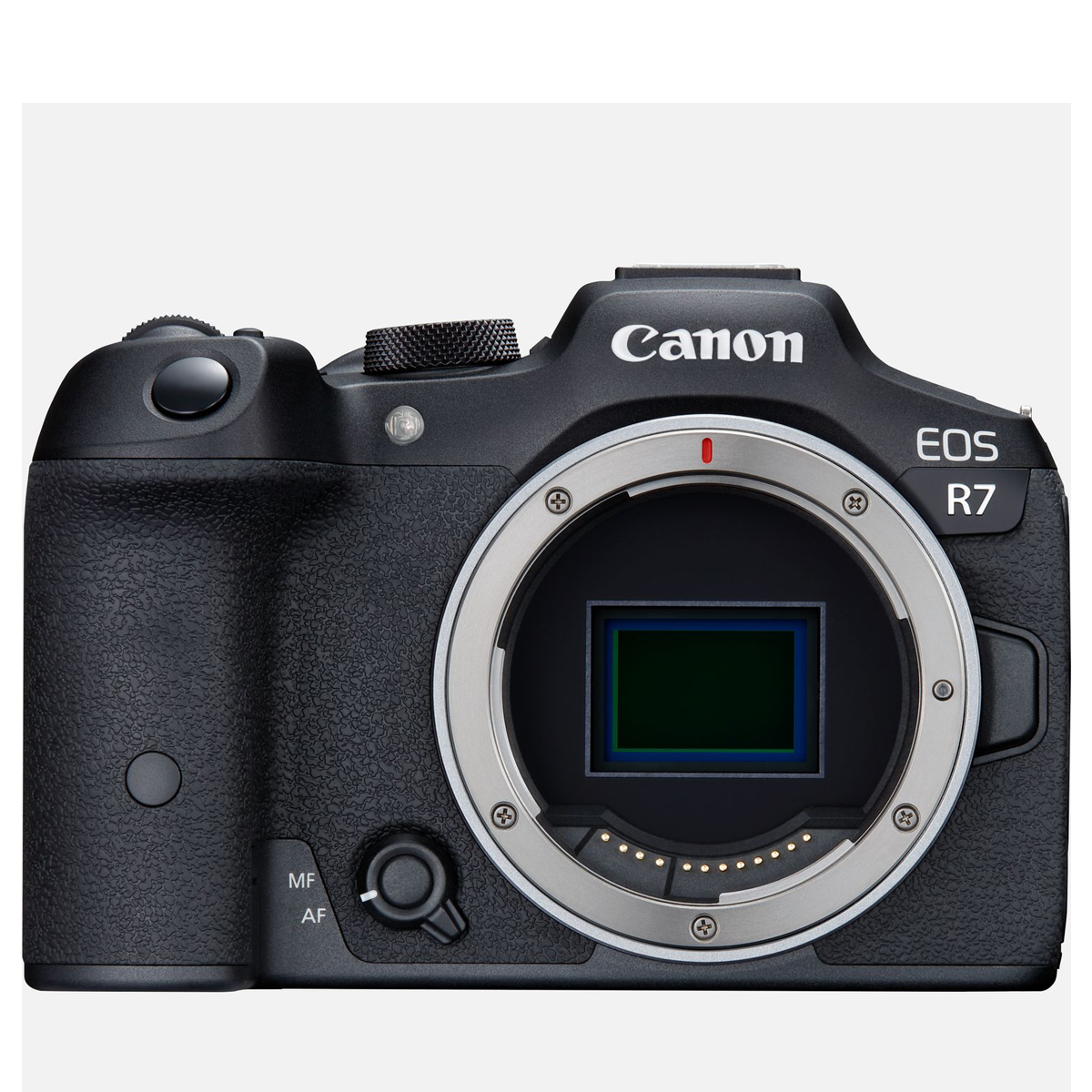
Don't get swayed by full-frame! The R7 packs combines speed, stabilization and resolution with all the benefits of a smaller sensor – like an amplified focal range, perfect for genres like wildlife. I would (and have!) taken this camera on any job.
Read more below
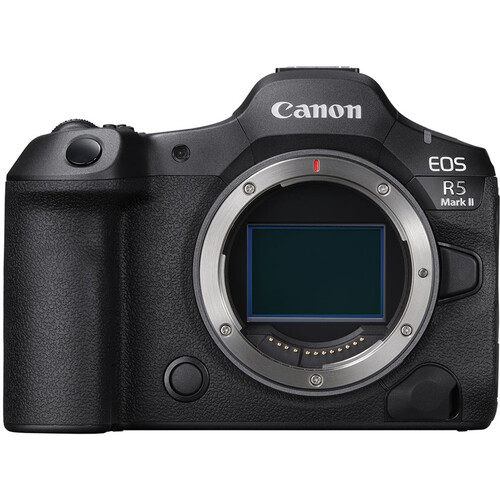
A camera that pulls no punches, this 45MP powerhouse churns out 180MP photos and 8K 60p RAW video, with blistering 30fps bursts powered by the most sophisticated autofocus system in the business. There's no professional job it can't handle!
Read more below
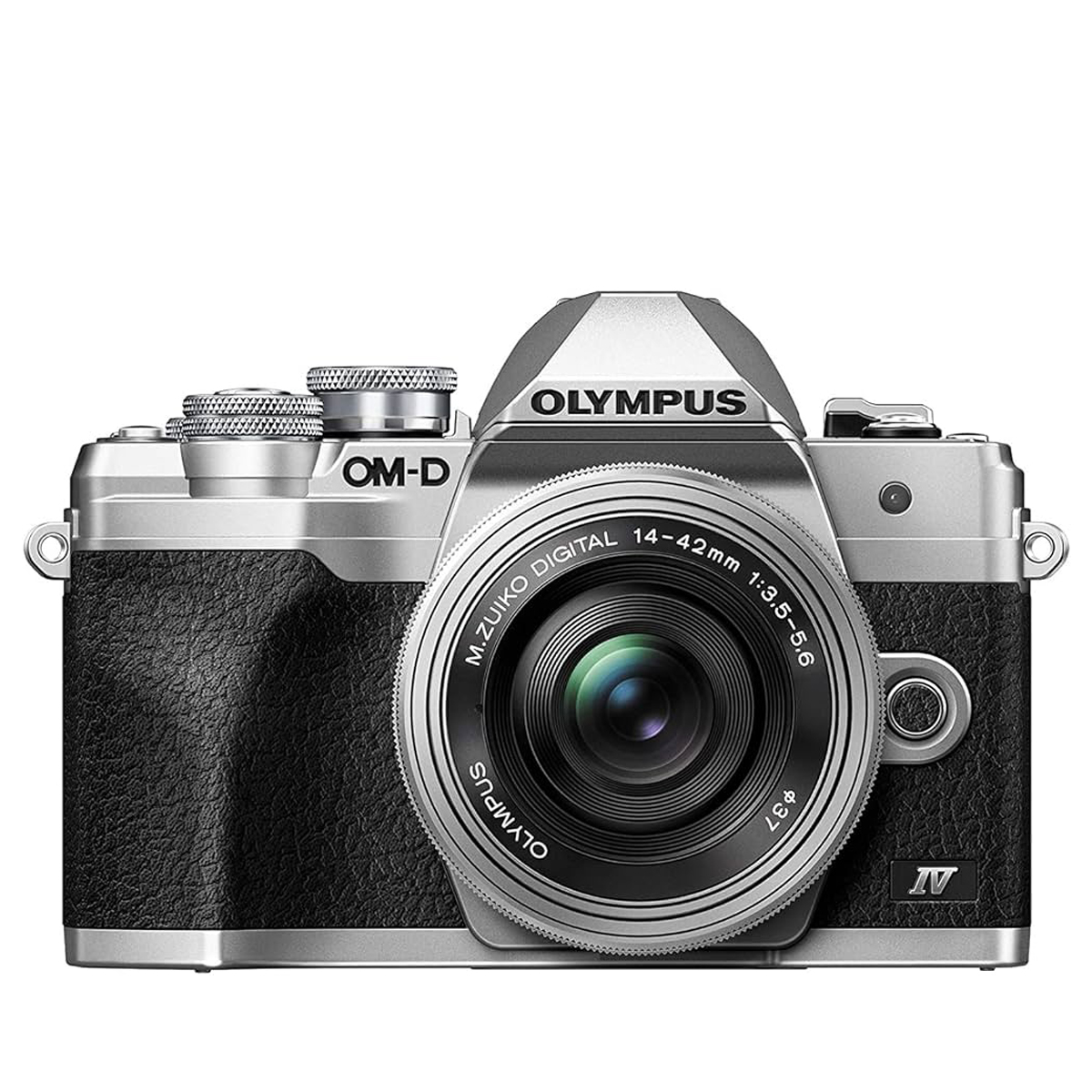
The E-M10 series has always been great value, and the Mark IV adds power and sophistication with a 20MP sensor, improved stabilization, and a flip-down monitor that tilts 180° for selfies. I think it's ideal for newcomers to photography, too.
Read more below
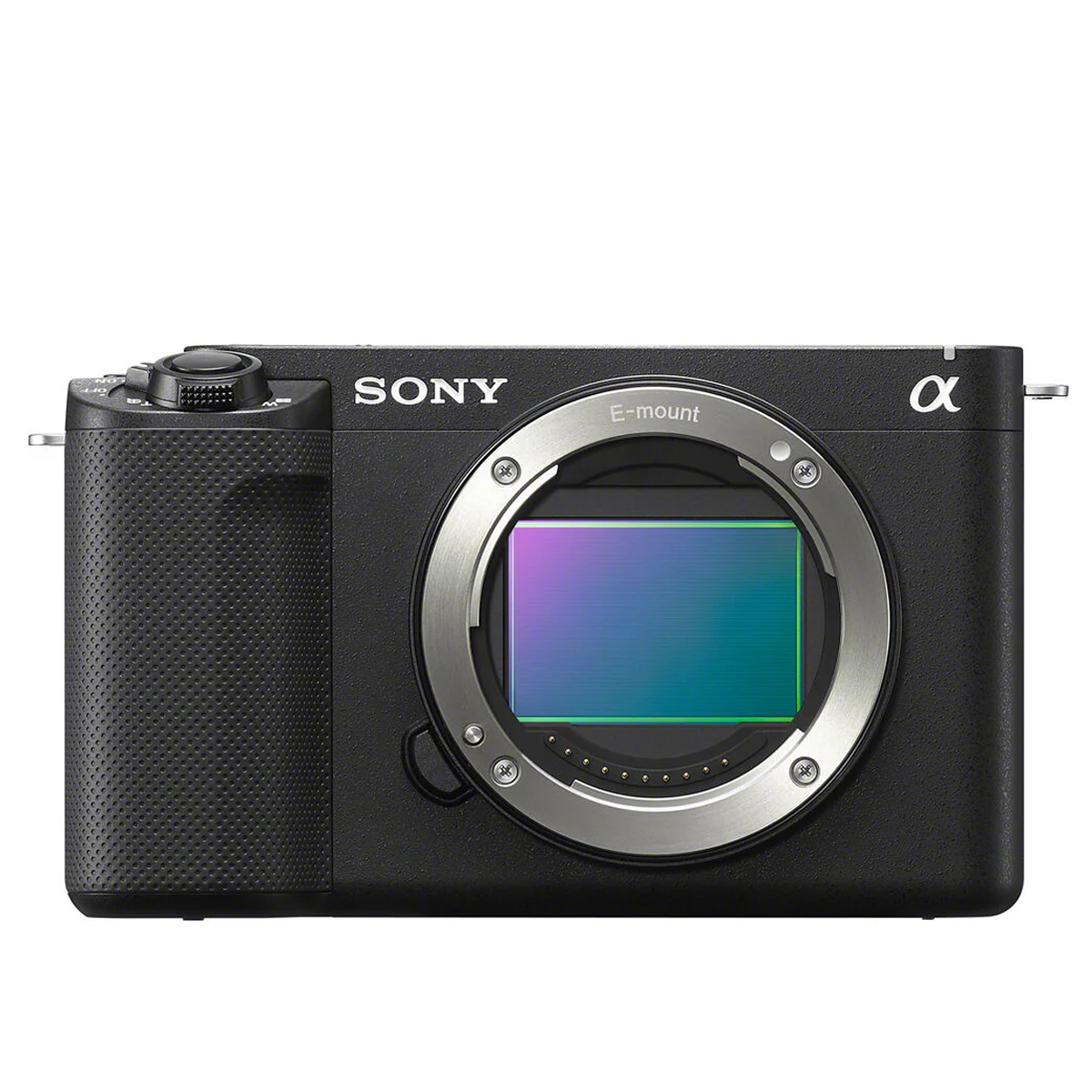
The Sony ZV-E1 is ideal for vlogging and content creation, with a full-frame sensor, in-body image stabilization, and Sony's S-Cinetone and S-Log3. The ZV product line is very confusing, but this is the one I would go for right now.
Read more below
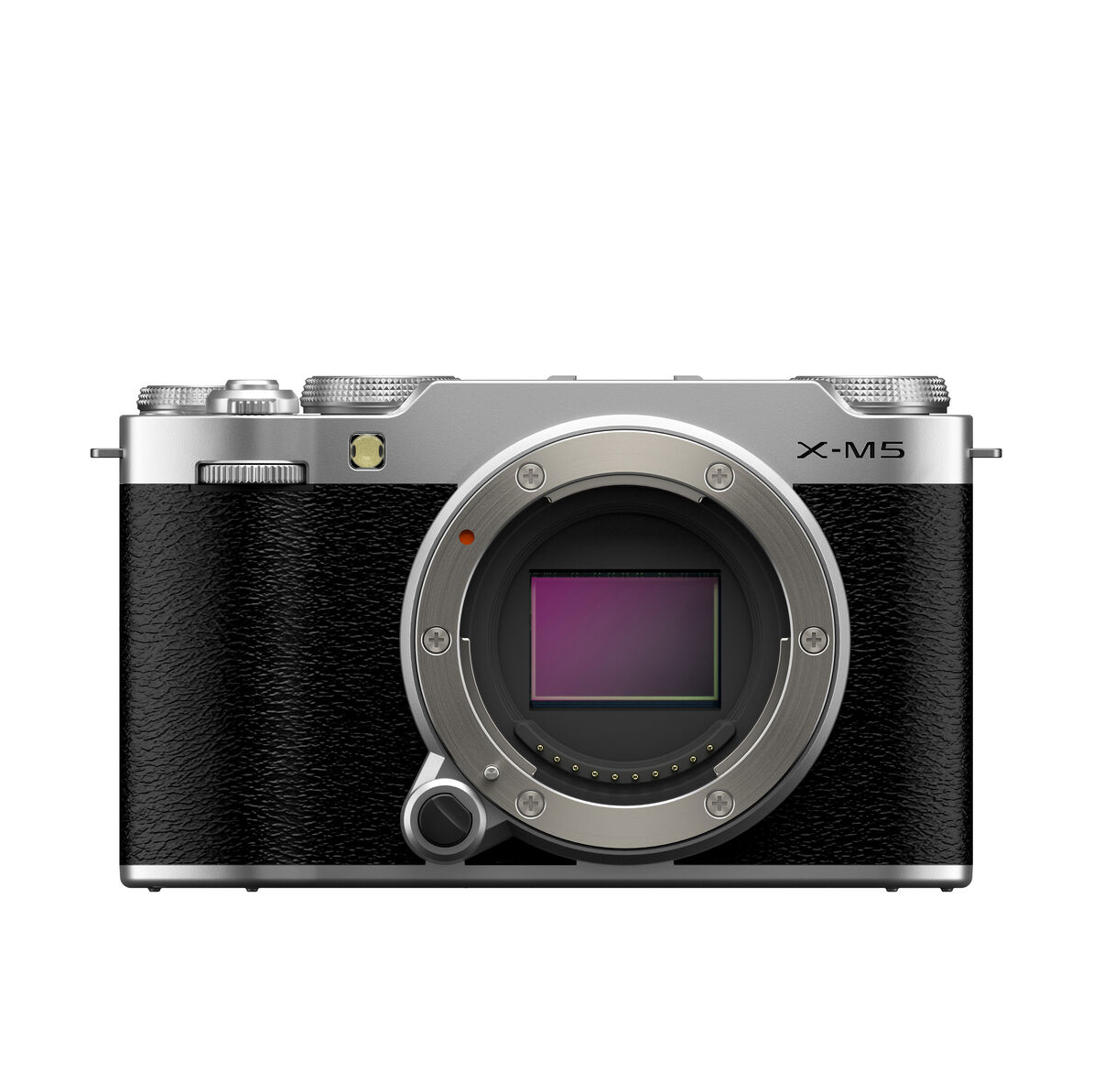
Fujifilm's smallest camera is absolutely perfect for travel – but don't be fooled by its size! Its 26.1MP sensor and Film Simulations take immaculate photos straight out of camera, and it even boasts 6.2K open gate video for superb vlogging.
Read more below

Panasonic has always had one of the best reputations when it comes to video, and the Lumix S5 IIX steps this up with the debut of phase detect AF as well as pro-level in-camera recording. I'll reach for this camera if I need to film something!
Read more below
View the full list ⤵
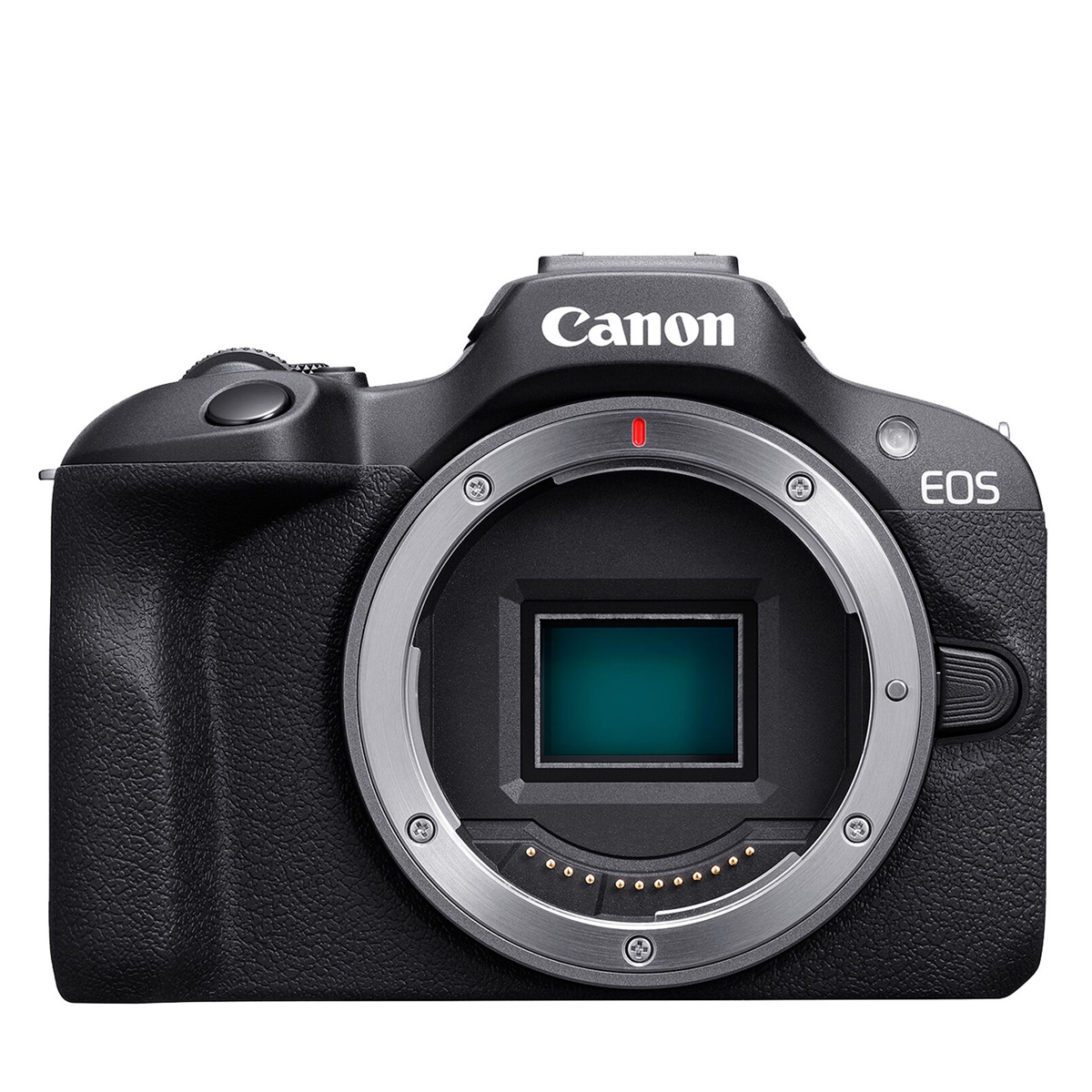
If you, or anyone you know, is just starting photography, this is the camera to get. Simple to use (it guides you through the menus!) yet packing plenty of power under the hood, I think the R100 is an exceptional camera for beginners.
Read more below
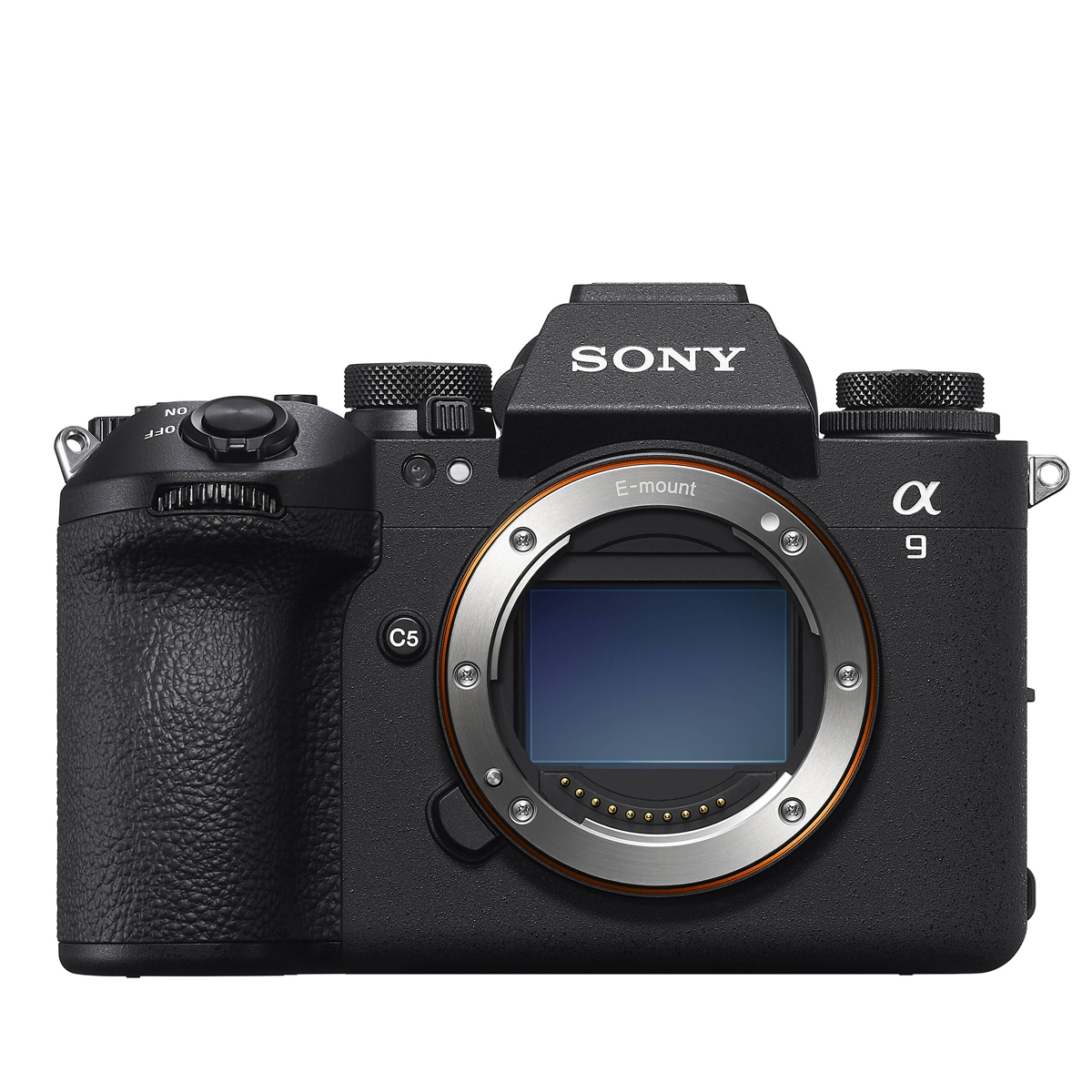
I've never used a camera like the A9 III! With its full-frame 120fps burst shooting, global shutter sensor and 1/80,000 sec sync speed, this is the ultimate camera for fast-paced action and top-tier sports photography.
Read more below
The best mirrorless cameras I recommend
Why you can trust Digital Camera World
I've extensively used every camera on this list, and I'm fortunate enough to have owned a few of them as well, so I'm confident in saying that these are the best mirrorless cameras in their particular category. I'm brand agnostic, so I'm simply choosing the cameras that I feel do the best job for a given purpose – having tried them out specifically for that purpose!
Best mirrorless camera overall
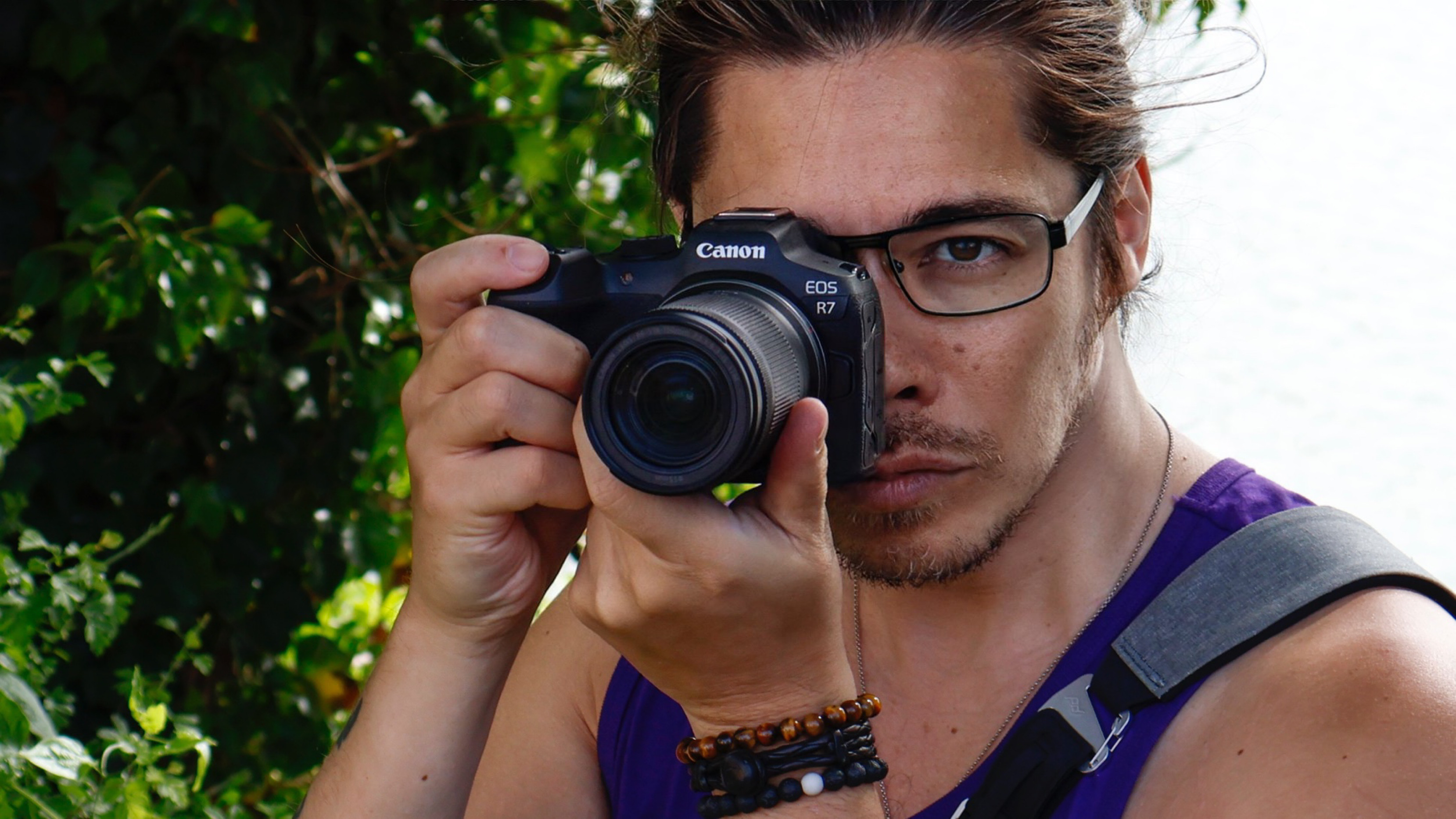
Specifications
Reasons to buy
Reasons to avoid
✅ You want a camera that does everything: The R7 is a true jack of all trades – in a good way! It's small, fast, high-resolution, has amazing autofocus and dual card slots.
✅ You shoot wildlife: Its 30fps burst mode is ideal for shooting fast action. Combined with its 1.6x APS-C crop factor, which makes your lenses effectively longer, this is a great camera for capturing subjects at a distance.
❌ You want a full frame camera: This is an APS-C camera, which has advantages, but if you want the power of a full frame sensor then look to something like the R5.
❌ You want the best lens selection: Canon has an extensive line of RF (mirrorless) and EF (DSLR) lenses that can be used, but the third-party range is limited.
The R7 is the mirrorless replacement for three of the most popular DSLRs that Canon ever made: the EOS 90D, EOS 7D and EOS 80D. However, more than just doing the same thing but without a mirror, Canon has turned these speed-focused wildlife specialists into an all-purpose performer that can handle anything you throw at it.
Of course, the Canon EOS R7 still retains its pedigree when it comes to wildlife, sports and action. Its blistering 30fps maximum shooting speed is on par with the flagship Canon EOS R3, and the 1.6x crop factor means that the effective focal length of your lenses is extended. My creaky old EF 75-300mm lens becomes a whopping 120-480mm on this camera! It also boasts the same bleeding-edge autofocus system found in the flagship camera, which I called a cheat code for wildlife photography.
On top of that, though, the R7 does everything you could ask of it. Unlike most APS-C cameras, it doesn't compromise on resolution thanks to its 32.5MP sensor. When I want to shoot video, I'm getting glorious 4K (which has been oversampled from 7K) with dedicated headphone and microphone jacks. There's twin card slots, so you don't have to worry about corrupted data, and the in-body image stabilization is good for up to 8 stops. If anyone scoffs at an APS-C camera being top of this list, they've clearly never used this camera.
Read my full Canon EOS R7 review for more details.
Lab results | Score | Rating |
|---|---|---|
Resolution (ISO 200) | 28/60 | ★★★ |
Dynamic range (ISO 200) | 12.27 EV | ★★★★★ |
Noise (ISO 200) | 39.6 decibels | ★★★★ |
Best professional mirrorless camera
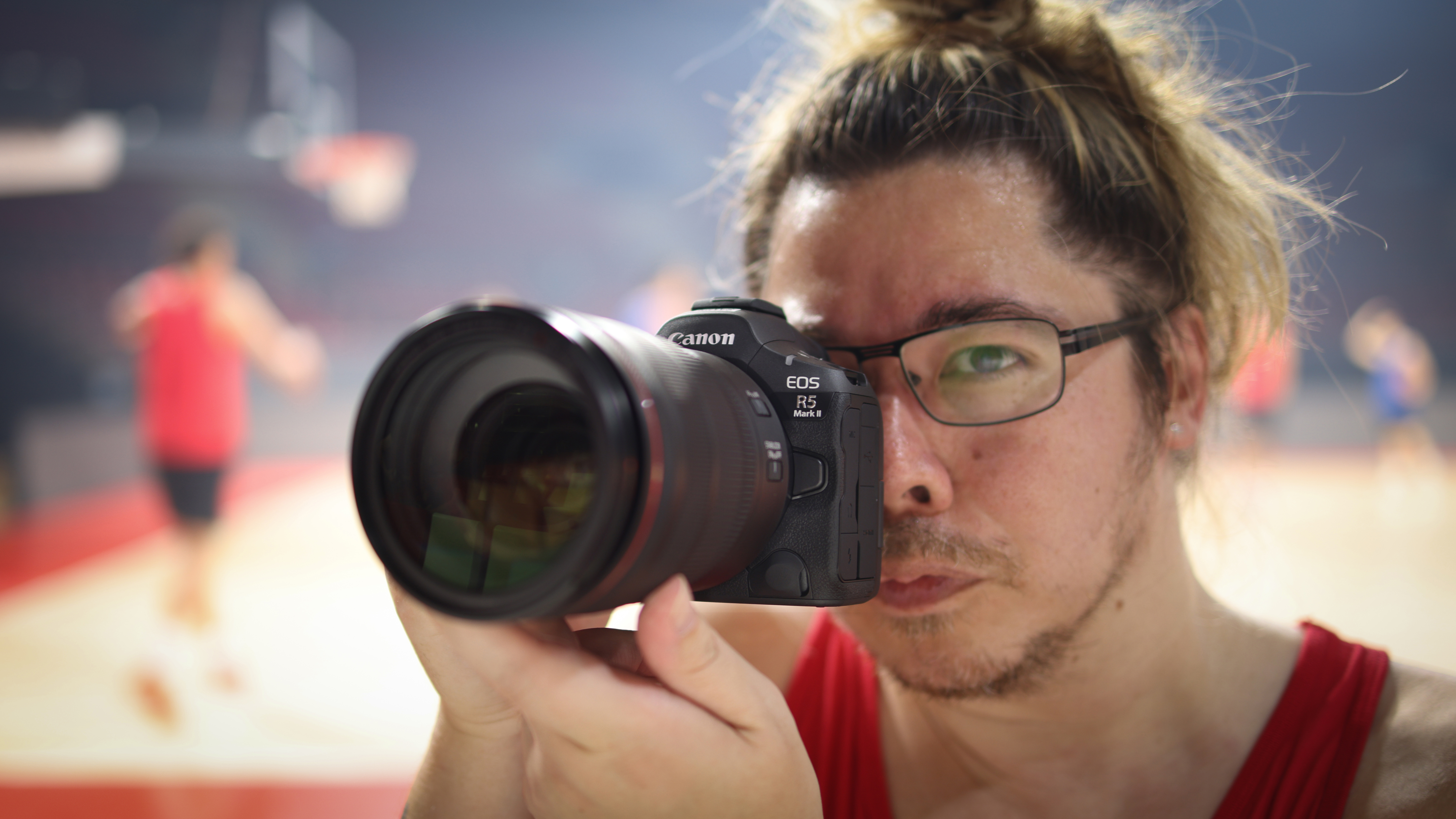
Specifications
Reasons to buy
Reasons to avoid
✅ You want pro performance: With 45MP stills (upscaleable in-camera to 180MP), 8K 60p video, 30fps bursts, top autofocus and stabilization, this is a pro tool in every way.
✅ You need to shoot in all conditions: It's fully weather sealed with superb build quality that will withstand pretty much whatever the elements throw at you.
❌ You want the fastest bursts: Honestly, 30fps should be fast enough for anyone – but if you want top speed, the Sony A9 III shoots at 120fps (full size, unlike the Nikon Z8/9).
❌ You want the widest lens choice: Canon's RF lenses are some of the best on the market, but third parties (like Sigma) aren't yet allowed to make full-frame autofocus RF glass.
The original EOS R5 was arguably the most overpowered camera on the market when it launched in 2020 – and its big brother is every bit as overpowered today, blowing away the competition in terms of raw firepower.
Its 45MP full-frame sensor is both stacked and back-side illuminated, enabling it to achieve lightning-fast 30fps burst speeds and offer fantastic performance in low light conditions. It can also crank out 8K 60p RAW video, making it an unbelievable hybrid machine.
However, there's more to this camera than meets the eye thanks to its neural net AI capabilities. Those 45MP images can be upscaled to 180MP files in-camera – with zero loss of quality. They can also be denoised by two stops, again in-camera and again with no impact on file fidelity.
Obviously this is great for printing out or delivering your images as big as possible, but personally I love using this to bring cropped images back to full resolution. For example, if I don't have the right lens and I photograph a bird really small in the frame, I can crop into that image and upscale it all the way back up – getting a full-resolution (or better than full-resolution) photo even after cropping.
The new Dual Pixel Intelligent AF system is Canon's most powerful ever, able to detect and track multiple subjects, predict subject movement for certain sports, and can even be programmed to prioritize specific faces. Throw in up to 8.5 stops of image stabilization and this is quite simply the most powerful pro camera I've ever used.
Read my full Canon EOS R5 Mark II review for more details
Lab results | Score | Rating |
|---|---|---|
Resolution (ISO 200) | 38/60 | ★★★★ |
Dynamic range (ISO 200) | 12.3 EV | ★★★★ |
Noise (ISO 200) | 36.12 decibels | ★★★★ |
Best affordable mirrorless camera
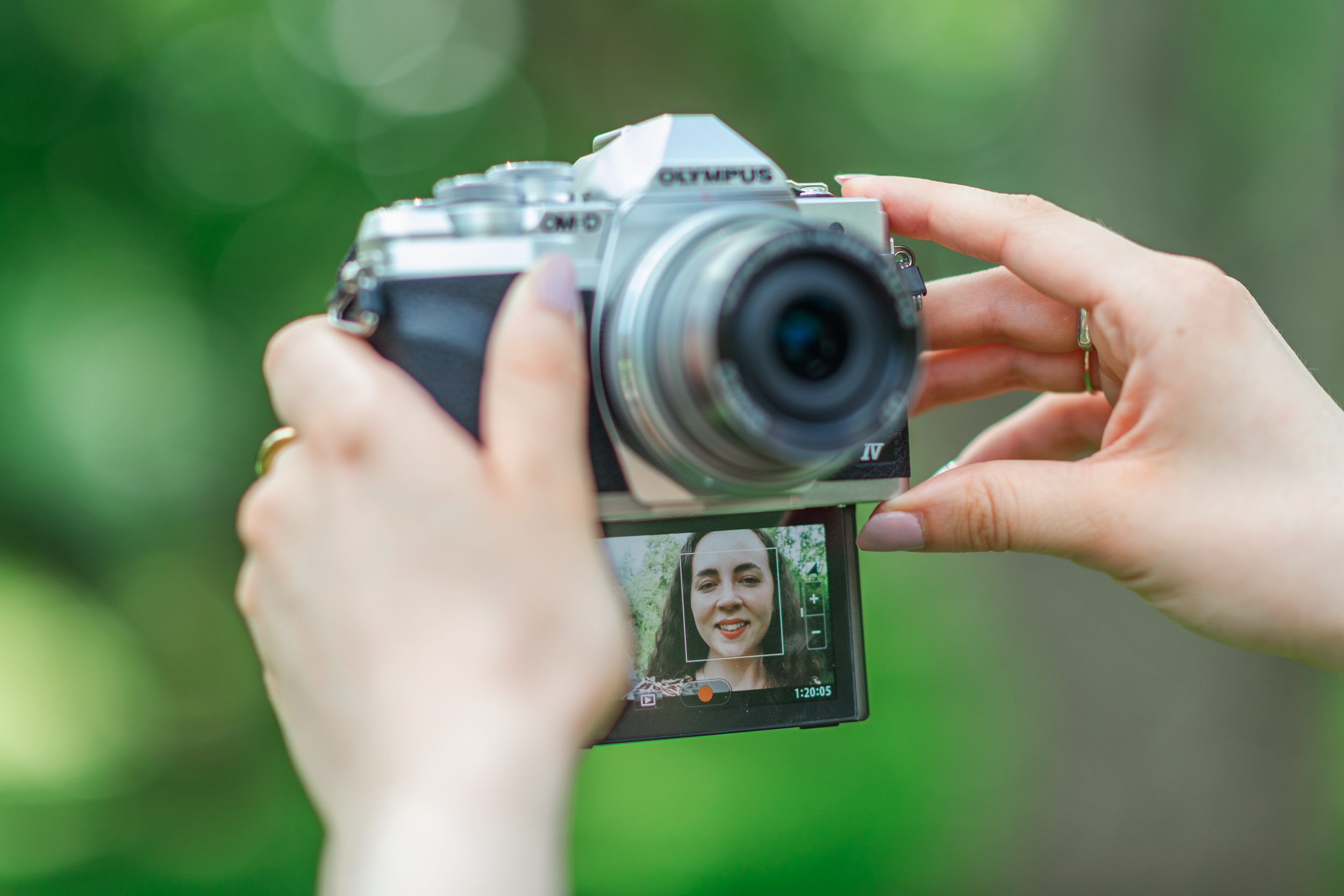
Specifications
Reasons to buy
Reasons to avoid
✅ You want bang-for-buck features: The E-M10 IV packs more features than most cameras, especially at its price! Stabilization, art filters, 4K, selfie screen, a great phone app – it's brilliant value.
✅ You want a compact system: Micro Four Thirds cameras (and, most importantly, their lenses) are ultra-small. This is perfect for anyone wanting a small, lightweight system.
❌ You want a large(r) sensor: Micro Four Thirds sensors are physically smaller than both APS-C and full frame, so there are compromises in terms of crude ISO performance.
❌ You need resolution: The 20.3MP sensor has enough detail for a magazine spread, but if you want large prints then you're better off with a camera that has more pixels.
I liked the E-M10 so much that I bought my partner one for her birthday. If that's not putting my money where my mouth is, I don't know what is! In addition to being one of the prettiest cameras on this list, the E-M10 Mark IV is also the smallest – making it perfect for travel and street photography, and an ideal holiday camera. And just because it's the most affordable, doesn't mean it skimps on features.
With a guided user interface, it's an exceptional camera for beginner and intermediate photographers eager to unlock new skills. It boasts super-sturdy in-body image stabilization, along with 4K video and a responsive touchscreen that flips down 180° – ideal for selfies and walkabout vlogging.
The small Micro Four Thirds sensor is even more compact than APS-C, giving two big benefits: the lenses, not just the body, are much smaller, making this a genuine take-anywhere system. And the 2x crop factor means that your 300mm lens instantly becomes a 600mm – great if you want to shoot faraway subjects! There are trade-offs with a smaller sensor, but honestly they're nothing that good camera craft can't compensate for. This is a brilliant all-round performer at a brilliant price.
Read our full Olympus OM-D E-M10 Mark IV review for more details
Lab results | Score | Rating |
|---|---|---|
Resolution (ISO 200) | 26/60 | ★★★ |
Dynamic range (ISO 200) | 12.76 EV | ★★★★★ |
Noise (ISO 200) | 37.68 decibels | ★★★ |
Best mirrorless camera for vlogging
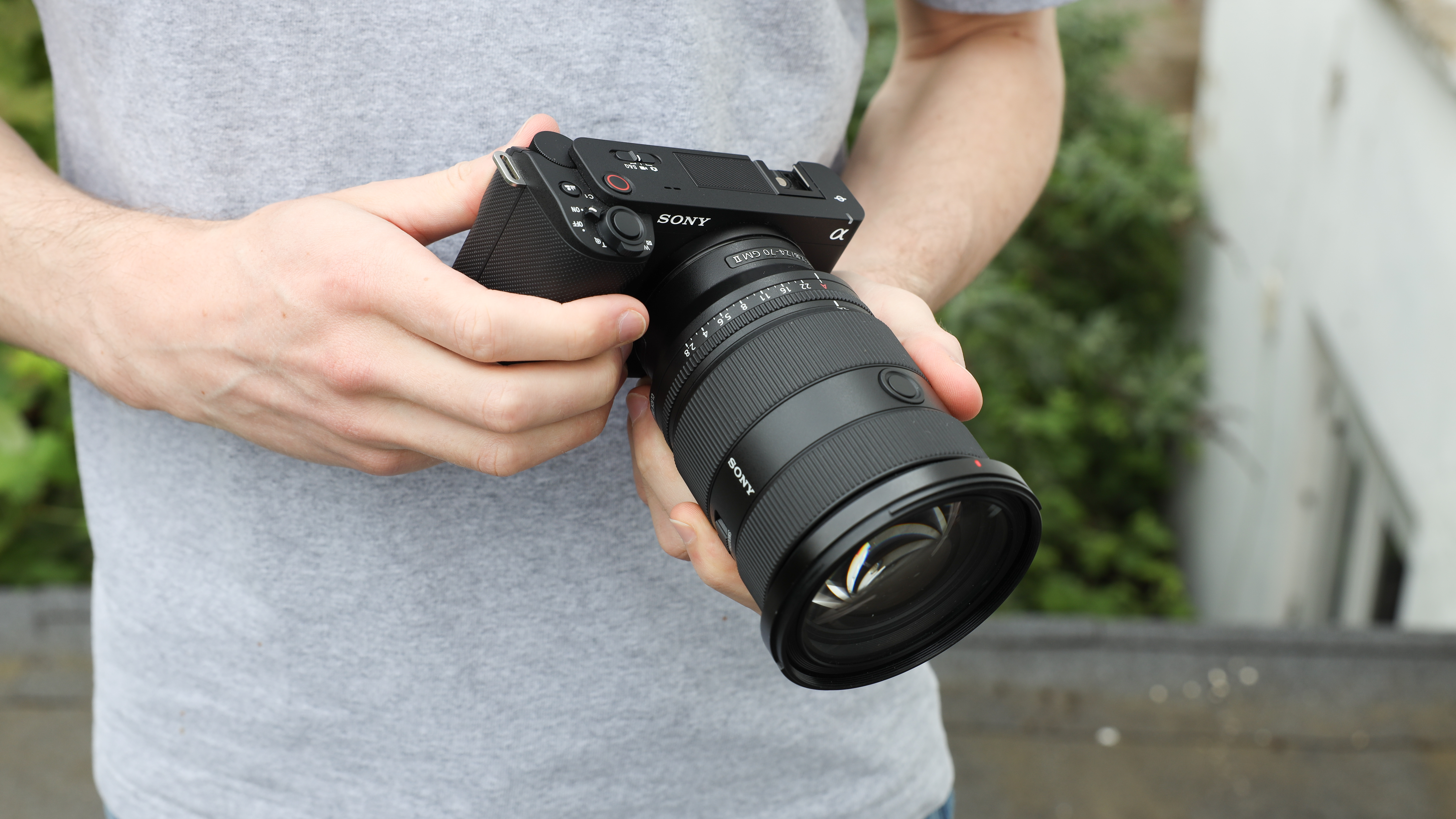
Specifications
Reasons to buy
Reasons to avoid
✅ You're a content creator: This camera has been tailor made for video, vlogging and content creation, with features and physical layout that suits those needs.
✅ You need great audio: While you should use a separate microphone, sometimes you're stuck using the built-in mic – and the ZV-E1 has an extra-large, extra-good one!
❌ You want to shoot photos: While it can shoot stills, the 12.1MP sensor is very low-resolution by today's standards.
❌ You use large lenses: This camera is so small that it is dwarfed by medium to large lenses, and it's particularly tricky to shoot with them handheld.
If you're confused by Sony's overwhelming ZV line of cameras, you're not alone – I am too! But I can safely say that, right now, the ZV-E1 is the best vlogging body you can buy.
It's small, compact and lightweight, while packing in some incredible features like an image-stabilized full-frame sensor, and subject recognition and auto tracking that comes straight out of the Sony A7R V. The camera is also incredibly simple and intuitive to use, so is perfect for anyone wanting professional looking footage without knowing a lot about cameras.
Video footage is excellent, sharp, clear, and with good color direct from the camera. While the stills are of very high quality, they are obviously limited by the 12MP sensor – and pretty much a second thought for a vlogging camera, so this isn't the end of the world. While I still rank Canon's AF more highly for stills, Sony's latest autofocus tracking is a sight to behold when it comes to video, especially for human subjects. It is incredibly fast and accurate, with its AI powers meaning you don’t have to worry about focus and can think about other aspects of filming.
Read our full Sony ZV-E1 review for more details
Lab results | Score | Rating |
|---|---|---|
Resolution (ISO 200) | 18/60 | ★★ |
Dynamic range (ISO 200) | 12.37 EV | ★★★★★ |
Noise (ISO 200) | 40.23 decibels | ★★★★ |
Best mirrorless camera for travel
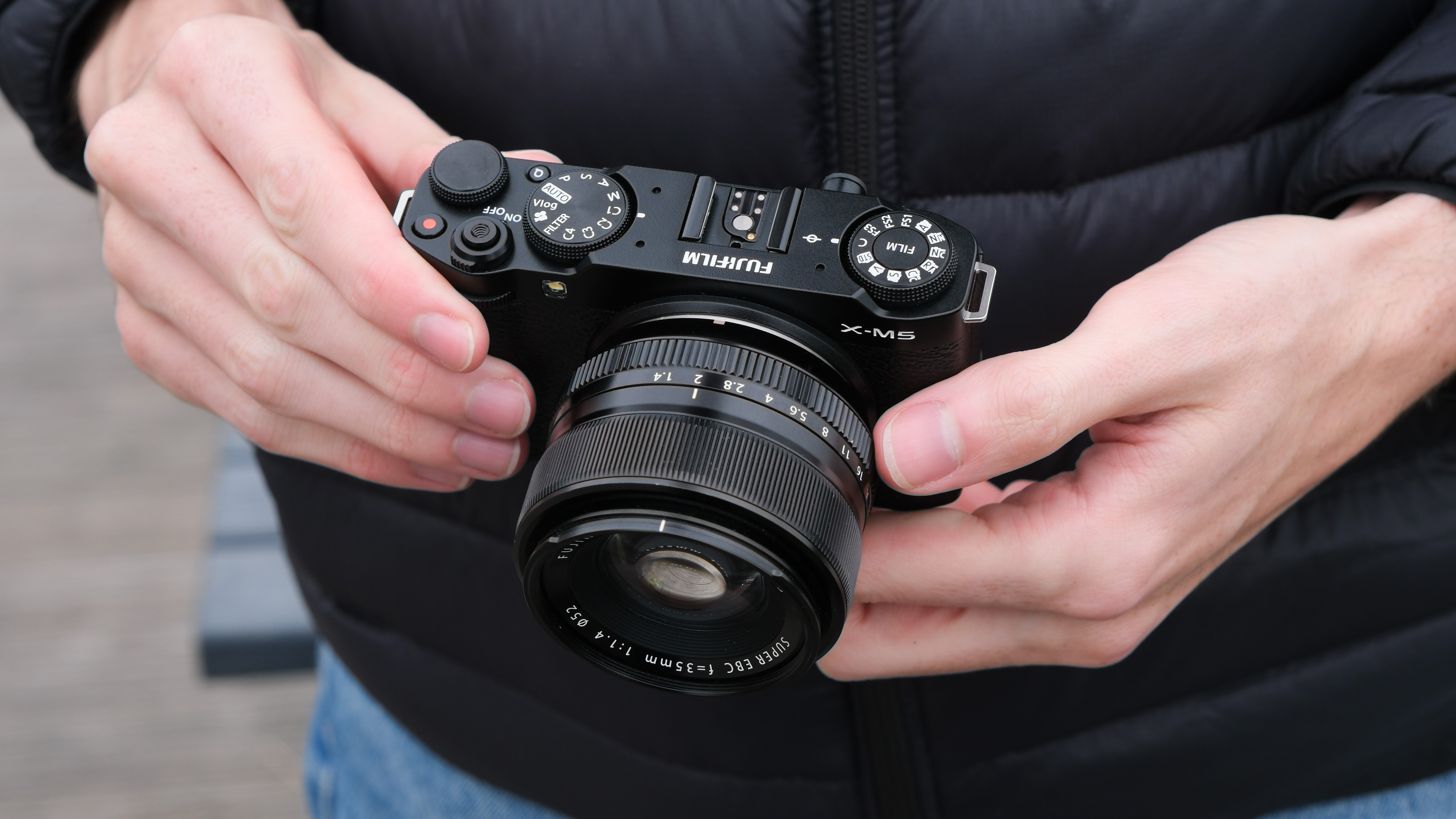
Specifications
Reasons to buy
Reasons to avoid
✅ You want to stay compact: The X-M5 is almost impossibly small, even for an APS-C camera, making it the ideal travel companion.
✅ You're a video shooter: This is a real video powerhouse. Not only does it capture 6.2K 30p, it also offers open-gate (full sensor) recording for ultimate flexibility!
❌ You need weather sealing: If you're travelling to somewhere rainy, dusty or extremely hot or cold, this may not offer adequate durability.
❌ You need stabilization: There's no in-body image stabilization, so camera shake correction depends entirely on the lenses you use.
Some vacations require the take-anywhere convenience of a waterproof camera that can go to the beach, but when you need to take image quality on a world tour then it's hard to beat the X-M5's combination of size, speed, features and film simulations.
Above all, it's the size that makes this camera so special. It's truly tiny, and paired with a compact lens becomes a formidable little package. While lots of people might recommend a Fujifilm X100VI for travel, it's actually a much more limited choice thanks to its fixed lens. The X-M5 enables you to change your lenses to suit your needs.
It has a dedicated Film Simulation dial, which makes taking epic vacation photos a breeze by applying a preset based in a classic 35mm film stock – giving your shots an instant vintage vibe that's worthy of the gram.
As well as stunning 26.1MP images, the X-S20 enables you to record high-quality 6.2K videos – in open gate, no less, meaning you get the full height and width of the sensor instead of the baked-in 16:9 that most cameras record in – with professional-level output and RAW codes.
There are a couple of downsides. Firstly, this camera has no in-body image stabilzation – so if you're prone to camera shake, or want to shoot in low light, you'll be reliant on buying a stabilized lens. Secondly, there's no viewfinder – which probably isn't an issue if you cut your teeth shooting on a phone screen, but photographers may very well miss having one.
Read our full Fujifilm X-M5 review for more details
Lab results | Score | Rating |
|---|---|---|
Resolution (ISO 200) | 24/60 | ★★★ |
Dynamic range (ISO 200) | 12.49 EV | ★★★★★ |
Noise (ISO 200) | 41.93 decibels | ★★★★ |
Best mirrorless camera for filmmaking
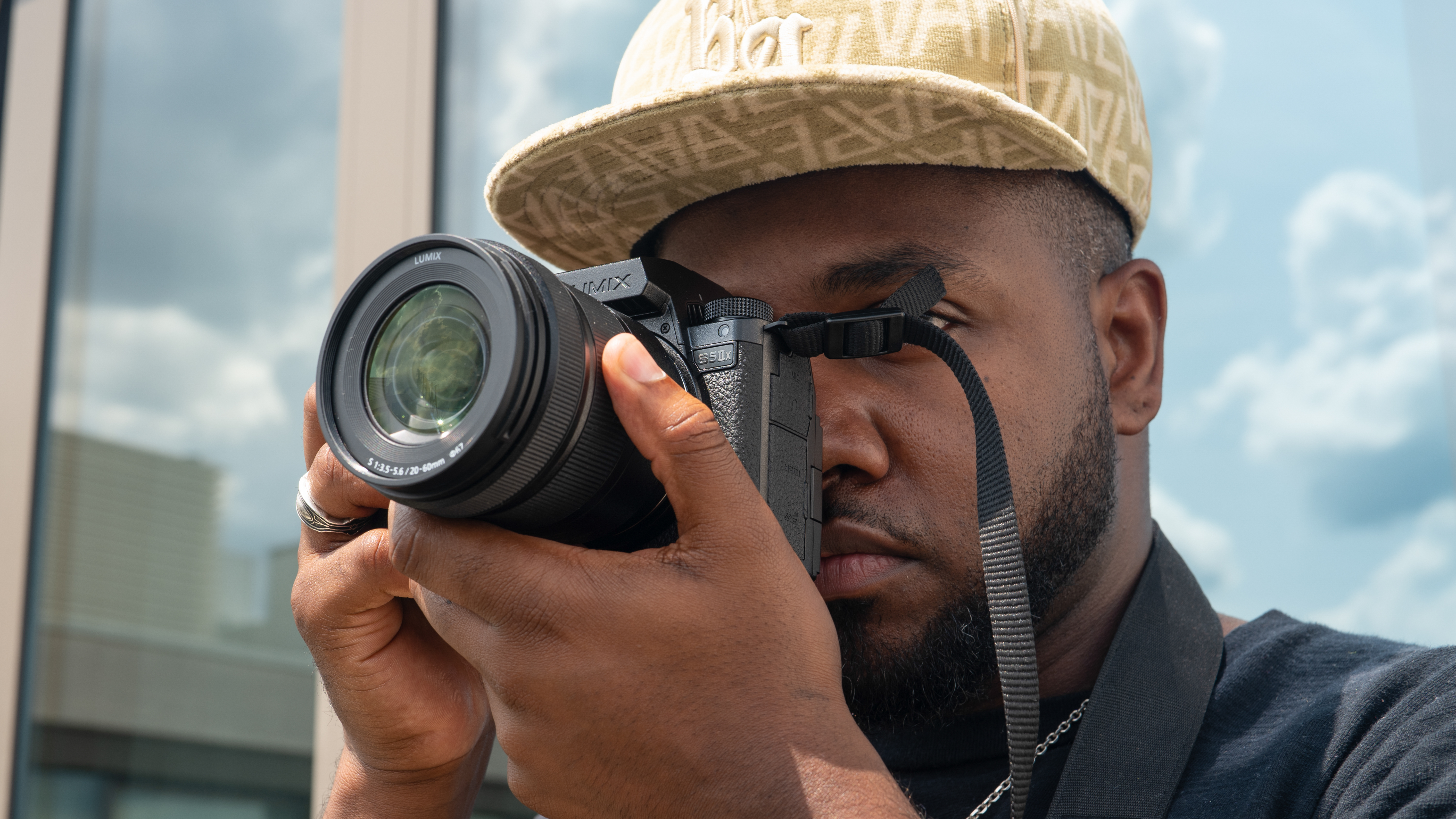
Specifications
Reasons to buy
Reasons to avoid
✅ You shoot video: With open-gate 6K 30p, ProRes RAW and B-RAW, 4:2:2 10-bit, LongGOP, SSD recording and more, this is a videographer's dream.
✅ You rely on stabilization: When you don't have a gimbal, the incredible in-body image stabilization (up to 6.5 stops) outperforms even higher-specced competition.
❌ You shoot a lot of texture: The camera omits a low-pass filter, which is great for fine detail – but can invite the moiré effect sometimes caused by patterns such as fabric.
❌ You rely on a tally light: A rare miss for the otherwise excellent video features is the lack of a tally light, to indicate when the camera is recording.
I've always found it hard to recommend Panasonic cameras due to their clunky contrast-detection AF systems, but that all changed with the S5 IIX! It sees the debut of the phase-detect technology that Lumix cameras have long needed – and I'm so happy to be able to say that it rockets this camera to the front of the class for video.
There's a lot of competition in this category, and while the regular Lumix S5 II may be the best overall value camera at this price point, the S5 IIX opens up some great use cases for solo filmmakers at a relatively small bump in price.
What’s most impressive here is that the S5 IIX doesn’t compromise S5II features to add extra video functionality, in fact, it added some features straight out of the box, including better AF and Live View Composite mode that only came to the S5II via firmware update.
If you’re a creator or a filmmaker who needs a top-tier hybrid camera that’s compact and can produce content that slips into professional workflows, without compromising on image quality, the S5II X makes a compelling case for itself.
Even if RAW video capabilities weren’t an immediate interest of mine, ALL-I compression, the ability to shoot directly to SSDs and streaming functionality would have been enough to tip the balance in its favor over its stablemate and the competition.
(I was this close to recommending the new Panasonic Lumix S1R II but, unless you really need 8K and internal ProRes 5.8K RAW HQ, the S5 IIX is much better bang for buck.)
Read our full Panasonic Lumix S5 IIX review for more details
Lab results | Score | Rating |
|---|---|---|
Resolution (ISO 200) | 24/60 | ★★★ |
Dynamic range (ISO 200) | 12.34 EV | ★★★★★ |
Noise (ISO 200) | 40.55 decibels | ★★★★ |
Best mirrorless camera for beginners

Specifications
Reasons to buy
Reasons to avoid
✅ You've never used a ‘proper’ camera: The guided menus offer explanations of what the modes do, to help you learn and understand.
✅ You want something compact: The R100 is Canon's smallest interchangeable-lens camera, so you can upgrade from a phone without having to carry heavy kit.
❌ You want touch control: The R100 doesn't offer a touchscreen, so you need to use the buttons and dials to change settings and use menus.
❌ You want to shoot 4K: With a 1.55x crop, and contrast-only autofocus, the 4K mode here is quite compromised (but FullHD video is great).
A cheap DSLR may be more affordable, but I've always said that a mirrorless camera is the best way for someone to learn photography – and thanks to the EOS R100, now we have a camera that ticks both boxes. This is an affordable camera and a great entry point into Canon's incredible EOS R ecosystem, boasting some truly incredible lenses and technology, meaning that your kit can grow with you as your skills develop.
The R100 is fantastic for beginners because, like all mirrorless cameras, what you see in the viewfinder (or the back screen) is literally how your photos will look – unlike DSLRs, where you had to check the back of the camera after every shot to see if your exposure was right. The EOS R100 shows you exactly how adjusting things like aperture and shutter speed affects your image, doing a great job of teaching you the principles of photography.
The camera also has a guided user interface, helping you unlock skills and showing you how to achieve creative effects like blurred backgrounds and arrested motion. And none of it comes at the expense of quality, with a potent 24.1MP sensor that delivers results on par with far more advanced and expensive cameras.
At this price you will, however, need to make do with a fixed screen without touch control, as well as 4K that is cropped and loses the brilliant AF system found in stills shooting. But as a beginner body, designed to help you develop your photographic skills, those things really aren't important here. I've taken shots with this camera that are so good, I use them in my professional portfolio!
Read my full Canon EOS R100 review for more details
Lab results | Score | Rating |
|---|---|---|
Resolution (ISO 200) | 26/60 | ★★★ |
Dynamic range (ISO 200) | 12.51 EV | ★★★★★ |
Noise (ISO 200) | 36.42 decibels | ★★★ |
Best mirrorless camera for sports and wildlife
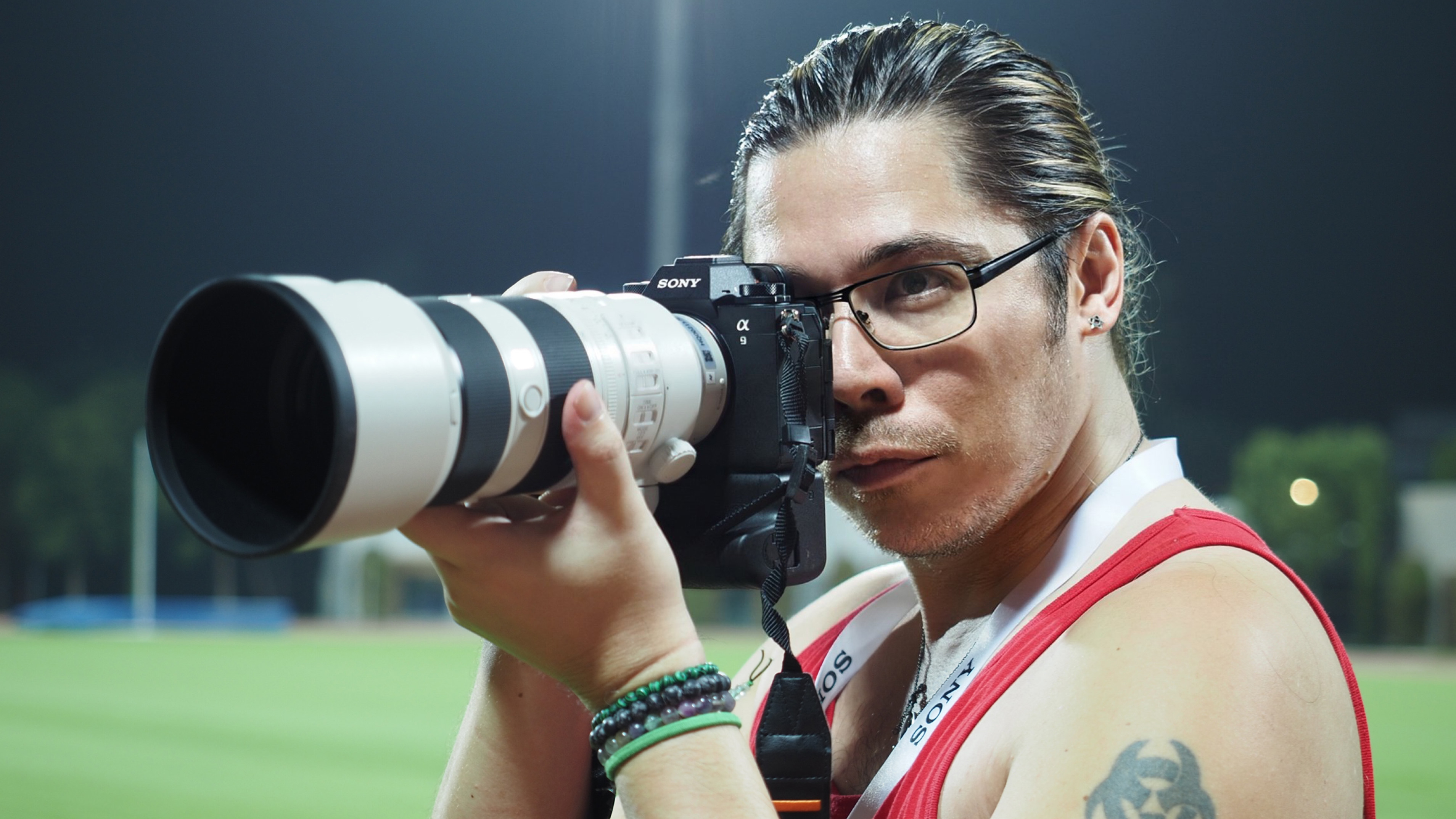
Specifications
Reasons to buy
Reasons to avoid
✅ You need top speed: With a staggering burst rate of 120fps (producing 24.6MP RAWs) this is the king of speed!
✅ You want to use flash at any speed: Forget high speed sync – thanks to the global shutter, you can sync at any speed and completely overpower the sun for stills.
❌ You're fussy about ISO: A compromise of global shutter sensors is lower sensitivity, so the ISO starts at 250 and images are slightly noisier.
❌ You're a video shooter: Again, the global shutter sensor is built for speed over fidelity. Along with more limited ISo comes more limited dynamic range – not ideal for video.
I have never used a camera like the A9 III, because there is no camera like the A9 III. It's the first camera to feature a full-frame global shutter sensor, which is so lightning-fast that it completely eradicates rolling shutter, achieving a maximum shutter speed of 1/80,000 sec, and being able to sync with flash at any speed. Oh, and can shoot full-frame, full-resolution 24.6MP RAW images at 120fps (the Nikon Z8 and Z9 can shoot at 120fps, but only low-res 11MP JPEGs).
In short, it's so fast that it doesn't just catch the decisive moment – it catches the decisive moments between the decisive moments, making it the ultimate tool for sports photography (and, indeed, wildlife) when the blink of an eyelid, the tension of a tendon, or the grit being kicked up on the ground can be the difference between a killer shot and a missed opportunity.
Sony's always-reliable AF now employs a dedicated AI processing unit, with Real-time Recognition AF and predictive algorithms that possess "human pose estimation technology". This is generally brilliant but does, occasionally, wobble. The only other asterisk is a higher base ISO of 250, due to the sensitivity tradeoff with global shutter technology (and, thus, slightly less clean images).
However, those are literally the only two strikes against this camera that I've encountered. I tested it on some of the fastest human subjects in the world – Olympic athletes, training for the Paris Games – and there's no other camera that would have been able to keep up with it.
Read my Sony A9 III review for more details
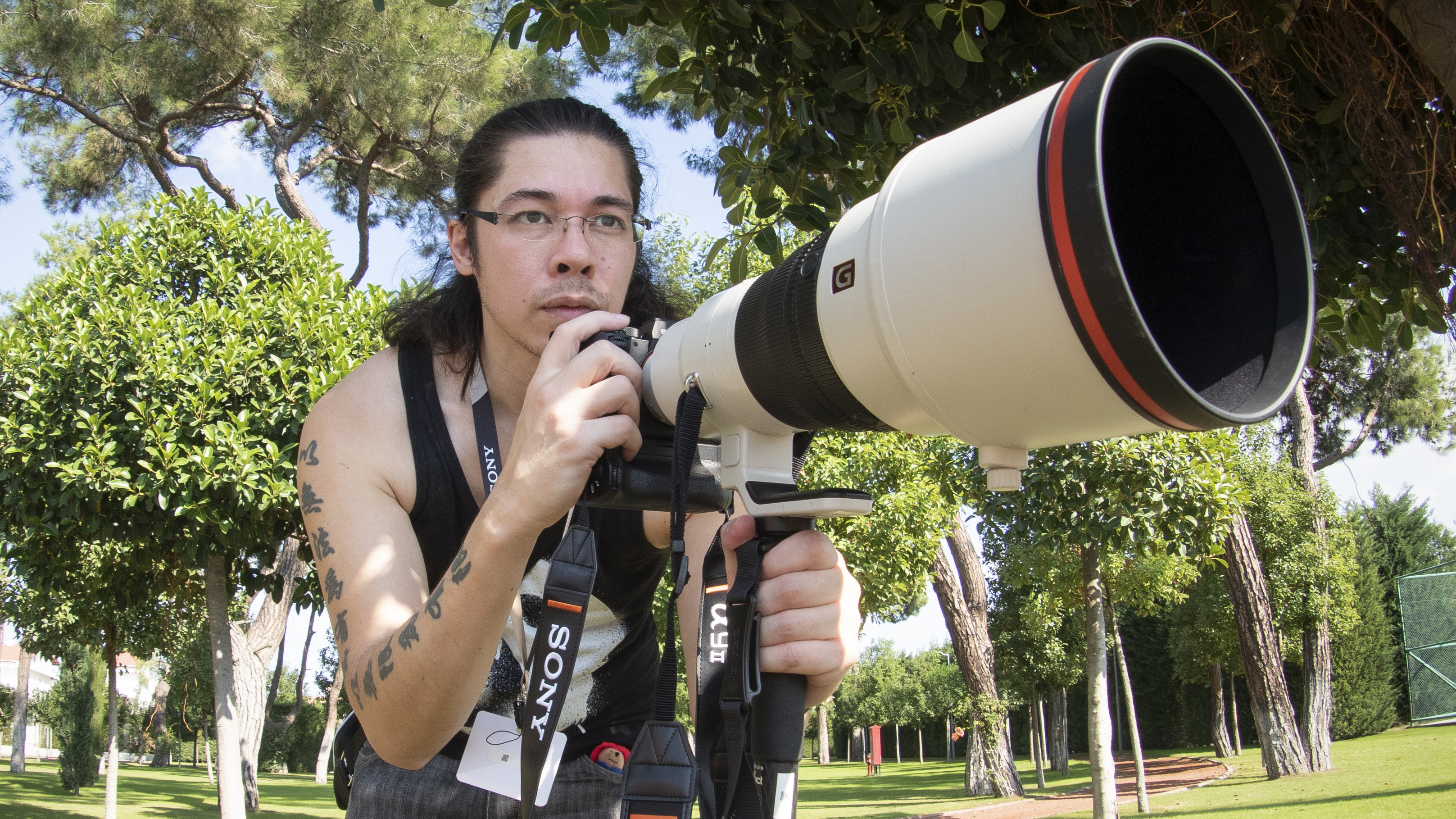
How to choose the best mirrorless camera
Is a mirrorless camera better than a DSLR?
In short, yes! Once upon a time, the price disparity between DSLRs and mirrorless cameras could be a real deal-breaker. Today, however, mirrorless technology is now "the norm", and thus much more affordable. Yes you can get a DSLR for less money, but unless you have a true need for one then it's false economy; DSLR development has all but ceased (Pentax is the only company still producing new models) while mirrorless is the new standard.
In short, mirrorless cameras employ drastically improved autofocus technology, are smaller and lighter, can achieve superior optical quality thanks to more advanced lenses, show you exactly what your images will look like at the point of capture, possess advanced sensor shift technology for in-body image stabilization and pixel-shift resolution boosts, are better for video… take a look at our DSLR vs mirrorless cameras guide to see what all the differences are.
What are the disadvantages of a mirrorless camera?
While there are far more advantages, there are a couple of aspects of mirrorless cameras that fall short of their DLSR predecessors – and the main one is battery life.
Because mirrorless cameras constantly shoot in live view, they always need to power a monitor (either the LCD screen or the electronic viewfinder). The more advanced AF system, with more focus points and more complex algorithms, are also a constant drain, as is the image stabilization system that makes the sensor hover in a magnetic field. Since a DSLR doesn't even need to be switched on to look through the lens, it has far superior battery life. My solution, of course, is to carry an extra battery and a power bank.
Speaking of viewfinders, some purists lament the loss of the optical viewfinder. Despite the electronic finder shows you exactly what your final exposure will look like, many traditional photographers simply prefer the crisp old-school look of a glass pentaprism. I can't say that I ascribe to this perspective myself, nor do any photographers I know personally… but they are certainly out there!
Which mirrorless camera has the best image quality?
This is a highly subjective question, so your mileage may vary. However, Canon is generally regarded to have the best "color science" of all manufacturers, with the most lifelike and pleasing rendition of natural hues and particularly skin tones. (By contrast, Sony is often criticized for having undesirable colors that need correcting in post-processing.)
In truth, every mirrorless camera from the major manufacturers has fantastic image quality these days. However, if you want the absolute tippy-top quality, I would point you towards the Hasselblad X2D – which I believe has the best color science in the business.

Does sensor size matter?
Yes, sensor size matters depending on how you shoot, what you're shooting, and why you're shooting it. Sometimes a smaller sensor is better, as it affords smaller cameras and lenses and the image stabilization is better. Other times, though, a larger sensor is better, in terms of things like resolution and low light performance. Here's a quick rundown, from smallest to largest:
Micro Four Thirds is the smallest sensor format, but the image quality is surprisingly close to that of bulkier APS-C cameras. These cameras are small, powerful, and affordable. Their crop factor increases depth of field along with the effective focal length of your lenses by 2x.
APS-C cameras provide a good balance between quality and price, with a sensor roughly twice the size of Micro Four Thirds cameras. The crop factor again increases depth of field and the effective length of your glass, but only by 1.5x (or 1.6x for Canon APS-C cameras).
Full frame mirrorless cameras have sensors the same size as 35mm film negatives, and about twice the size of APS-C. This gives them better quality, due to each pixel being larger (and able to gather more light, with less noise), and they can also possess much greater resolution. The trade-off is that they are also bigger and more expensive.
Medium format cameras have sensors even larger than those in full frame cameras, but carry a price tag to reflect that. They boast supreme image quality, but are much larger and slower – both in terms of their physical handling, as well as when it comes to things like continuous shooting speeds.
How we test mirrorless cameras
I take every camera into the field and use it in real shooting situations, sometimes even on my professional shoots and commissions. More importantly, I test them in real shooting situations specific to the camera – so I'll test a wildlife camera's ability to photograph animals, rather than to shoot landscapes.
This practical, hands-on evaluation complements the technical testing by taking into consideration factors like how a camera performs indoors, outdoors, when it's overheating, when I'm using natural or supplemental light, how long the battery lasts and how easy it is to use. Having used almost every camera released in the past six years, I can also put them into context – because a newer model isn't automatically better than one that's been out for a while.
My colleague Ben Andrews, our lab manager, complements this hands-on evaluation with dedicated lab tests on camera resolution, dynamic range, and noise under scientifically controlled conditions using two key testing tools: Imatest Master and DxO Analyzer:
1. Resolution (ISO-12233): We use a resolution chart based on ISO-12233 from Applied Image inc to indicate the limit of the camera’s vertical resolution at the centre of the frame. The higher the value, the better the detail resolution.
2. Dynamic range (DxO Analyzer): This is a measure of a camera’s ability to capture detail in the highlights and shadows. We use DxO’s transmissive chart, which enables us to test a dynamic range of 13.3 stops.
3. Noise (DxO Analyzer): We use the dynamic range transmissive chart to analyze the signal-to-noise ratio for RAW and JPG files at every sensitivity setting using DxO Analyzer. A higher value means the signal is cleaner.
Find out more about how we test and review on Digital Camera World
Get the Digital Camera World Newsletter
The best camera deals, reviews, product advice, and unmissable photography news, direct to your inbox!

James has 22 years experience as a journalist, serving as editor of Digital Camera World for 6 of them. He started working in the photography industry in 2014, product testing and shooting ad campaigns for Olympus, as well as clients like Aston Martin Racing, Elinchrom and L'Oréal. An Olympus / OM System, Canon and Hasselblad shooter, he has a wealth of knowledge on cameras of all makes – and he loves instant cameras, too.
